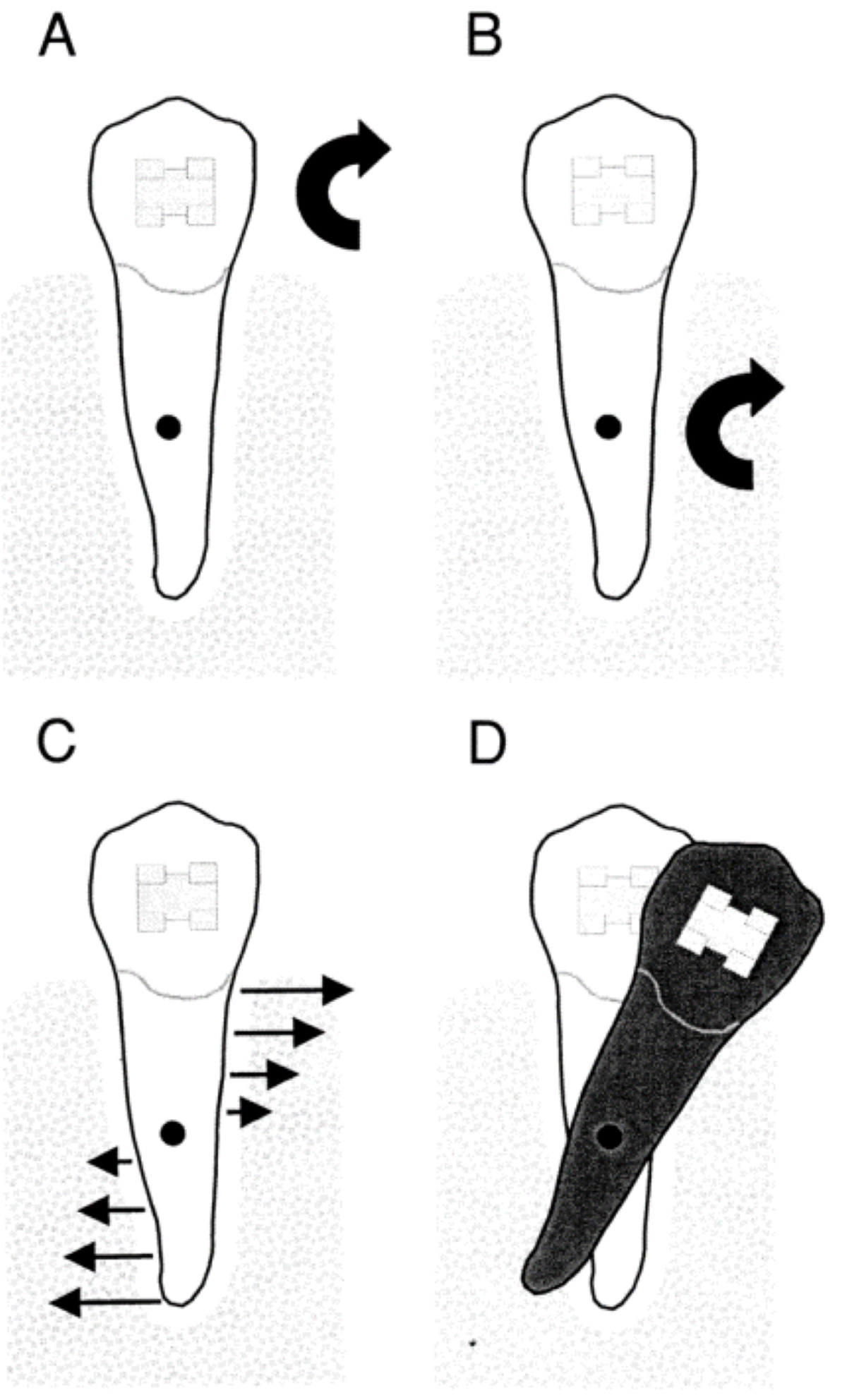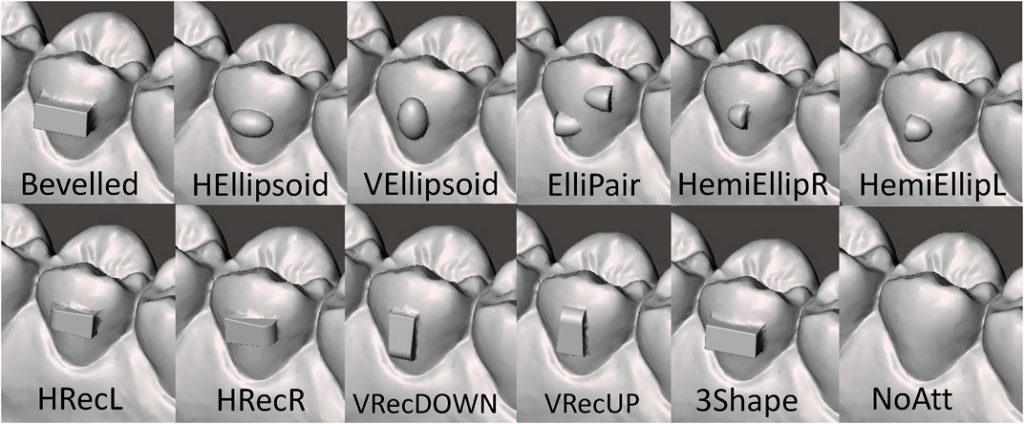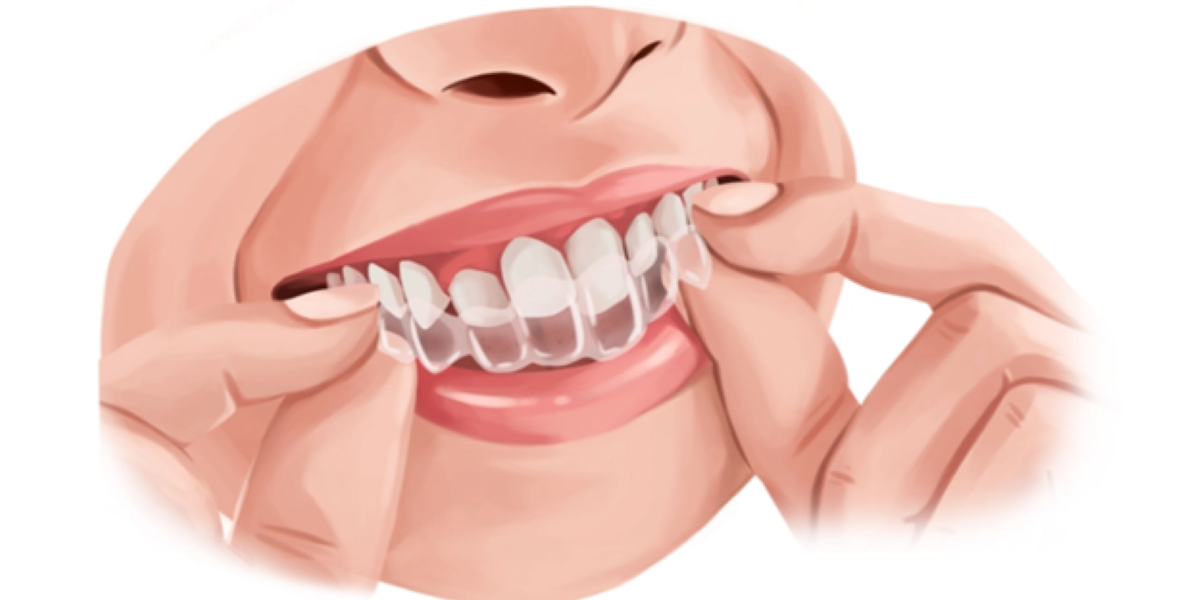Did you ever have dental braces as a child, or perhaps later in life?
If so, then you were experiencing biomechanical forces in motion within the confines of your own mouth! The mechanical basis of dental braces is actually quite simple: brackets and wires apply forces and moments to your teeth in order to push, pull, or rotate them into their proper positions. Since 1998, the “Invisalign” technology has offered the aesthetically pleasing alternative of clear (invisible) retainer trays in order to satisfy a growing societal distaste for the visual appearance of traditional braces. Perhaps those who remember the social anxiety that came with having braces (especially at a younger age) might be jealous of this new alternative! But is this technology just as effective as traditional treatment?
Braces – The Traditional Orthodontic Solution
Orthodontists and researchers Steven J. Lindauer and A. Denis Britto have detailed the impacts of applied forces on teeth imparted by standard dental braces. Figure 1 displays an example of tipping, a common required movement where the applied moment at the bracket causes rotation about the tooth’s center of resistance. Another popular movement is pure translation, shifting a tooth left or right without tipping. This requires both an applied force and moment at the bracket. Also common is extrusion, where a tooth must be displaced outward from its socket in the gum (an extension of the movement that an adult tooth displays as it fills the old baby tooth’s spot.) Braces are highly effective due to their direct bonding to each tooth, allowing a unique control of individual tooth movement.

Figure 1: A visual of the tipping movement. (A) A moment is applied at the bracket. (B) A moment results at the tooth’s center of resistance. (C) There is no stress at the center of resistance. (D) The tooth rotates about the center of resistance. Image adapted from Lindauer, Britto.
Invisalign – An Aesthetic Alternative
A decade after the birth of Invisalign, orthodontists and researchers Neal Kravitz et al. investigated the true efficacy of the Invisalign technology. Their results were surprisingly less optimistic than the new alternative had hoped for. Across more than four hundred teeth, only 41% displayed accurate movement from Invisalign. Certain types of movements displayed greater success than others: lingual constriction (shifting teeth inward toward the tongue) was the most accurate, while extrusion and tipping movements were among the least accurate.
In response, Invisalign developed an offering of various “attachments” which bond directly to individual teeth to modify the applied tooth forces and moments and improve the retainers’ accuracy. These attachments come in various shapes to optimize movement precision, as Figure 2 displays. Upon studying and experimenting with these different attachments, Researchers Nikolaos Ferlias et al. determined that these attachments significantly increased success in the study’s context of rotating the premolar teeth, offering hopeful promise for other teeth as well.

The Future of Orthodontics
While Invisalign is certainly successful for certain teeth movements in the present, it is evident that the new technology is not yet understood well enough to function as a comprehensive alternative to traditional dental braces. However, the recent rapid improvements and add-ons to the technology (read more here) suggest an optimistic future outlook where Invisalign may potentially advance so far as to become a full-time replacement for the shiny metal brackets and wires that our generation has grown up with.
Featured image adapted from Authority Dental under CC 2.0 license.
